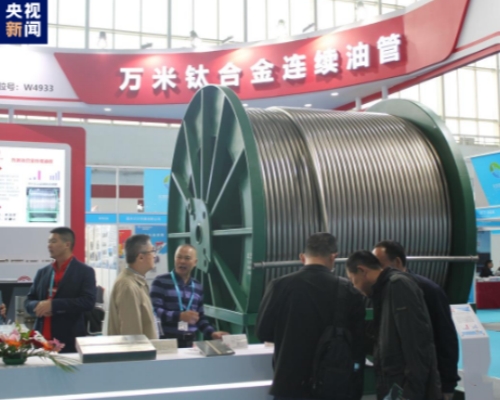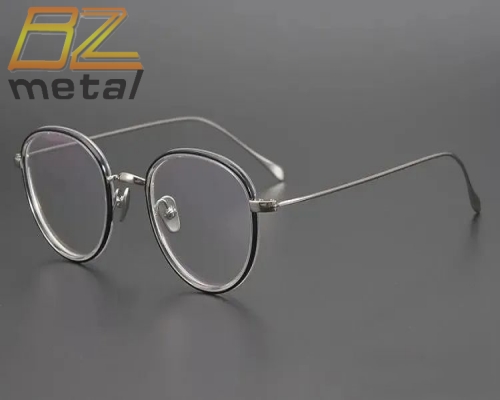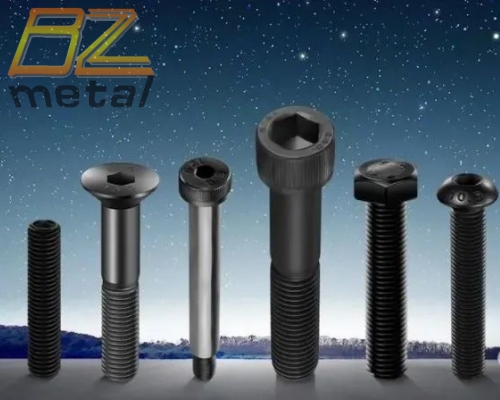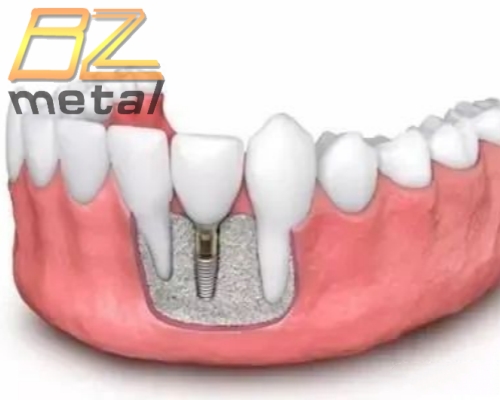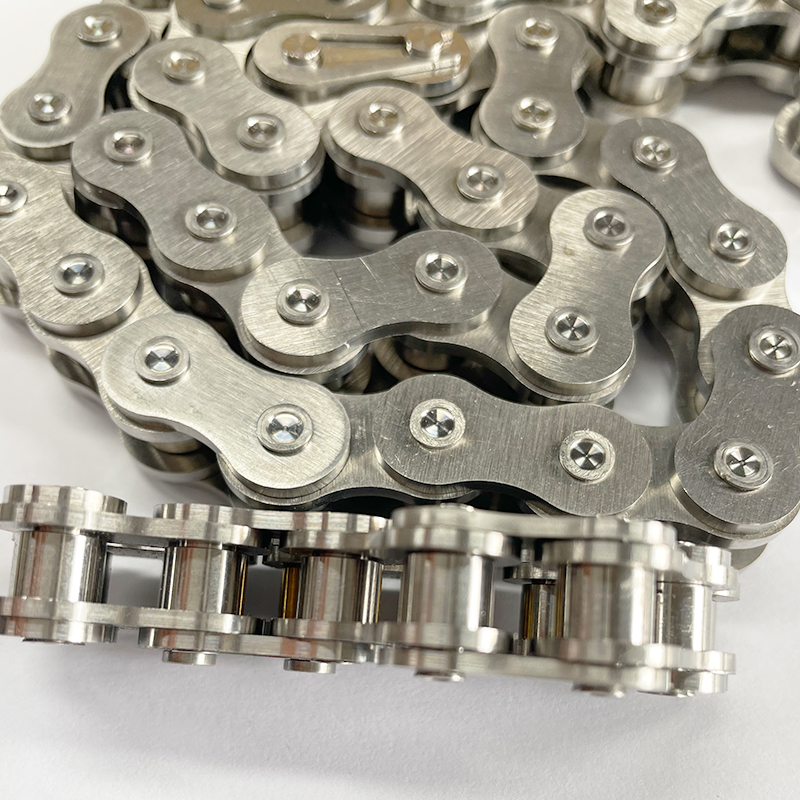The Performance Changes Of TA11 Titanium Rod By Forging Process
The Performance Changes Of TA11 Titanium Rod By Forging Process
TA11 titanium alloy (Ti-8Al-1Mo-1V) is a near-a type heat-resistant titanium alloy. It has many advantages such as high room temperature and high temperature strength, good thermal stability and high temperature creep performance. It is mainly used for high-speed rotating parts such as aircraft engine compressor discs and 1~3-stage rotor blades. These components, used in harsh working environments for a long time, must have good mechanical properties at room temperature and high temperature, especially high thermal stability and high temperature creep properties, because these properties not only determine the service life of the alloy, but also determine the safety and reliability of the engine. Therefore, the study of the structure and performance relationship of TA11 titanium rod material is very necessary.
This paper discusses the influence of the forging process on the microstructure and mechanical properties of TA11 titanium alloy bars, compares and analyzes the microstructure, mechanical properties and ultrasonic flaw detection levels of the three forging processes, and provides theoretical reference and basis for the industrial production and process improvement of TA11 titanium alloy bars.
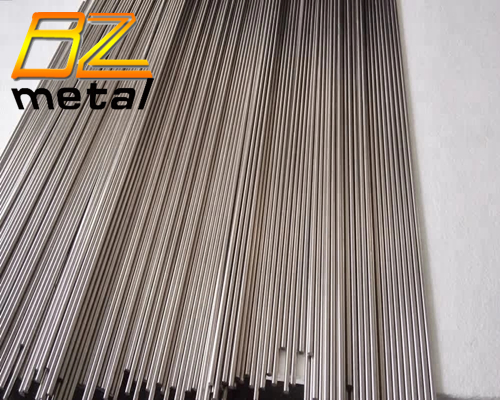
Through the analysis of experimental data, we can see that the room temperature tensile properties of TA11 titanium alloy bars under the two processes are relatively different, and the strength is not much different, and they all meet the standard requirements.Because TA11 titanium alloy bars with isometric and two-state organization have good thermal stability, the thermal stability performance after 400°C and 100h heat exposure is also slightly different, but the creep performance of the A process is greater than 0.2%, which does not meet the requirements of product standards. The creep properties of process B and C are less than 0.2%, which can meet the requirements of product standards, and process C exhibits better high temperature creep properties.Combined with the analysis of Figures 2 and 3, it is believed that the relative content of primary a and secondary a in the forged tissue of TA11 titanium alloy bar, as well as the morphology of secondary a, have a greater impact on its creep performance. When the content of nascent a is low, the creep performance is better than that of nascent a when the content is high, and the creep performance is better when the secondary a distributed on the p matrix is a fine needle with the same local orientation. This is because the strip a in the microstructure has better creep resistance than isometric A. In the slow creep process, the slip deformation of the isometric tissue starts from the individual a grains. As the strain increases, the slip occupies more a grains and expands to the surrounding p grains, so the creep hollow nucleation is late, but once the hollow is formed, it can quickly expand and form a quasi-cleavage fracture.
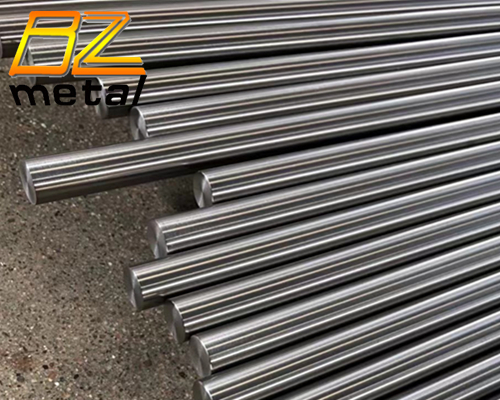
The clutter level of the bar obtained through process C is 0.8-12dB during ultrasonic testing, which is acceptable; the product standard requirements for TA11 titanium alloy bar for two-legged blades. This also shows that increasing the forging temperature of TA11 titanium alloy bar, reducing the deformation resistance and increasing the forging permeability of the bar can effectively improve its tissue uniformity and improve its flaw detection level.
Through three forging process tests, we comprehensively compared and analyzed the test data of TA11 titanium alloy bars in microstructure, mechanical properties, and ultrasonic flaw detection under different processes. We came to the following conclusions:
1) The forging temperature has a more obvious effect on the microstructure of TA11 titanium alloy bars. When the temperature is low, the content of nascent a in the bar tissue is higher, and the precipitation of secondary a is relatively small; after the forging temperature is appropriately increased, the content of nascent a is significantly reduced, and the precipitation of fine needle-like secondary a phase increases.
2) The content of nascent a and the morphology of secondary a distributed on the p matrix have a greater impact on the creep performance, and less nascent a and fine needle-like secondary a tissue can obtain good creep resistance.
3) The forging temperature rises, which increases the forging permeability of TA11 titanium alloy bars, and the tissue is more uniform after the long strips or large pieces of a are completely broken, thereby improving the level of ultrasonic flaw detection.

